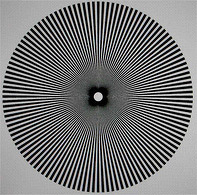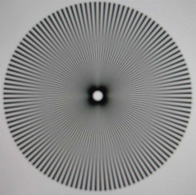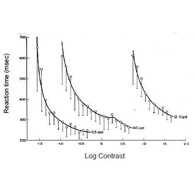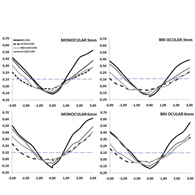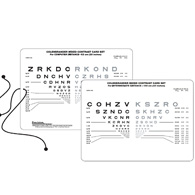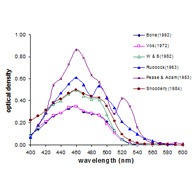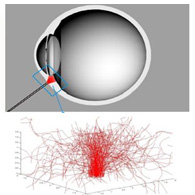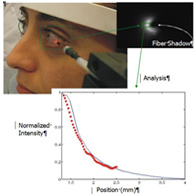Aegean Summer School in Visual Optics
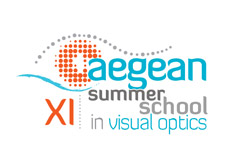
Since 2002, Aegean Summer School in Visual Optics is organized on a regular basis, and hosts guest speakers who are pioneers in the field of visual optics.
The scientific, educational and research prestige of the Summer School is ensured by a distinguished group of instructors who, in the short duration of the school, transfer to the trainees concentrated knowledge and experience from the scientific areas of their expertise.
The Summer School is addressed to scientists with interest in Visual Optics such as ophthalmologists and scientists from the fields of physics, mathematics, statistics, optometry or optics. The content of the Summer School is closely related to the Postgraduate Programme in Optics and Vision. The Summer School's attendance is an excellent oportunity for the programme's students to meet experts and get connected; for this reason they are encouraged to actively participate. At the same time students are given the opportunity to have an overview of the subject of their studies and to deepen on specific issues covered in the context of the Summer School by distinguished guest speakers.
The Summer School's programme includes a range of basic and advanced topics in physiological optics and vision, with a focus on the following areas:
Refraction and visual abberations
Retinal image quality
Eye scattering
Lens and Accommodation
Adaptive optics and imaging techniques in ophthalmology
Progress in eye glasses, contact lenses, and design of intraocular lenses


